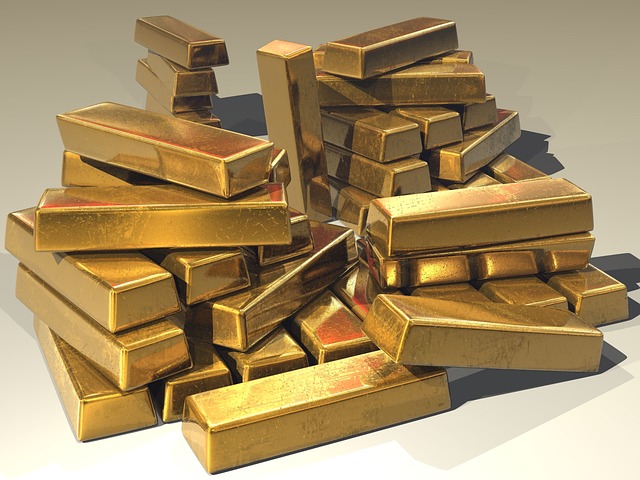Gold prices have hit new highs. Midweek, the ultimate safe-haven asset reached $2,753 per ounce, marking a 33% increase for the year. According to experts, geopolitical tension stemming from the Middle East explains this surge.
At the start of the week, Ned Naylor-Leyland, gold investment manager at Jupiter AM, noted that the recent rise in gold prices was primarily due to futures contracts rather than physical demand or central bank purchases. “This is a crucial distinction as it highlights the nature of the gold market and how the dollar price of the yellow metal is driven not by physical trends but by futures market activity.”
He also pointed out that gold has gained prominence as central banks seek a buffer against the financial stability risks posed by rising geopolitical tensions, as well as events like the global financial crisis and the coronavirus pandemic. “Around one-fifth of above-ground gold reserves are held by central banks,” Naylor-Leyland added.
In contrast, Carsten Menke, Head of Next Generation Research at Julius Baer, believes this price surge has more to do with market sentiment than fundamentals. “The impressive rally in gold continues, with prices surpassing $2,700 per ounce last week. When looking for factors driving this rally, it appears to be mainly momentum and market sentiment. The position of short-term speculative traders and trend followers in the futures market recently reached one of the highest levels on record. Such extreme euphoria is typically a warning signal, as it shows a certain detachment of prices from fundamental factors,” Menke argues.
He explains that the U.S. dollar and U.S. bond yields have risen again as expectations for rate cuts have tempered. As a result, he notes that already moderate inflows into physically-backed gold products have slowed even further. “Gold buying in Asia remains weak, as indicated by Chinese imports, physical deliveries, and domestic price premiums. India’s gold imports have also normalized after high volumes in response to a surprising cut in import duties,” the Julius Baer expert added.
Short-Term Outlook
Despite this debate over the drivers behind gold’s price growth, there is a consensus on its positive short-term outlook. Marcus Garvey, Head of Commodities Strategy at Macquarie, agrees that gold’s “practically steady” rally continues, once again outperforming other assets. “While recent gains have not been explosive, the pace has been faster than estimated in our base scenario in September, when we updated forecasts, projecting an average price of $2,600 per ounce in the first quarter of 2025, with potential to advance toward the $3,000 per ounce level,” he indicates.
Macquarie maintains that challenging budget outlooks across developed markets are now a key feature of the bull market.
“Clearly, the upcoming U.S. elections contribute to uncertainty in this area. The scope and potential effectiveness of stimulus measures from Chinese authorities remain unclear, but if they succeed in significantly boosting the domestic equity or real estate markets, or both, it could dampen Chinese demand for gold,” Garvey argues.
“We continue to see a solid fundamental outlook for gold,” says Menke, explaining, “A further cooling of the U.S. economy and the prospect of lower interest rates in the U.S. could attract more Western investors to the market. The same applies to the U.S. presidential elections, which are reportedly prompting gold purchases by major investors who believe that, regardless of who reaches the White House, the U.S. dollar will be under pressure due to rising fiscal deficits.”
Finally, Julius Baer adds that Chinese investors and the People’s Bank of China should also return to the gold market. “For the former, it’s about the persistent weakness of the economy despite recent support measures. For the latter, it’s the low proportion of gold in its foreign exchange reserves and ongoing geopolitical tensions, especially with the U.S. In this context, short-term pullbacks are likely to be seen as buying opportunities,” Menke concludes.

